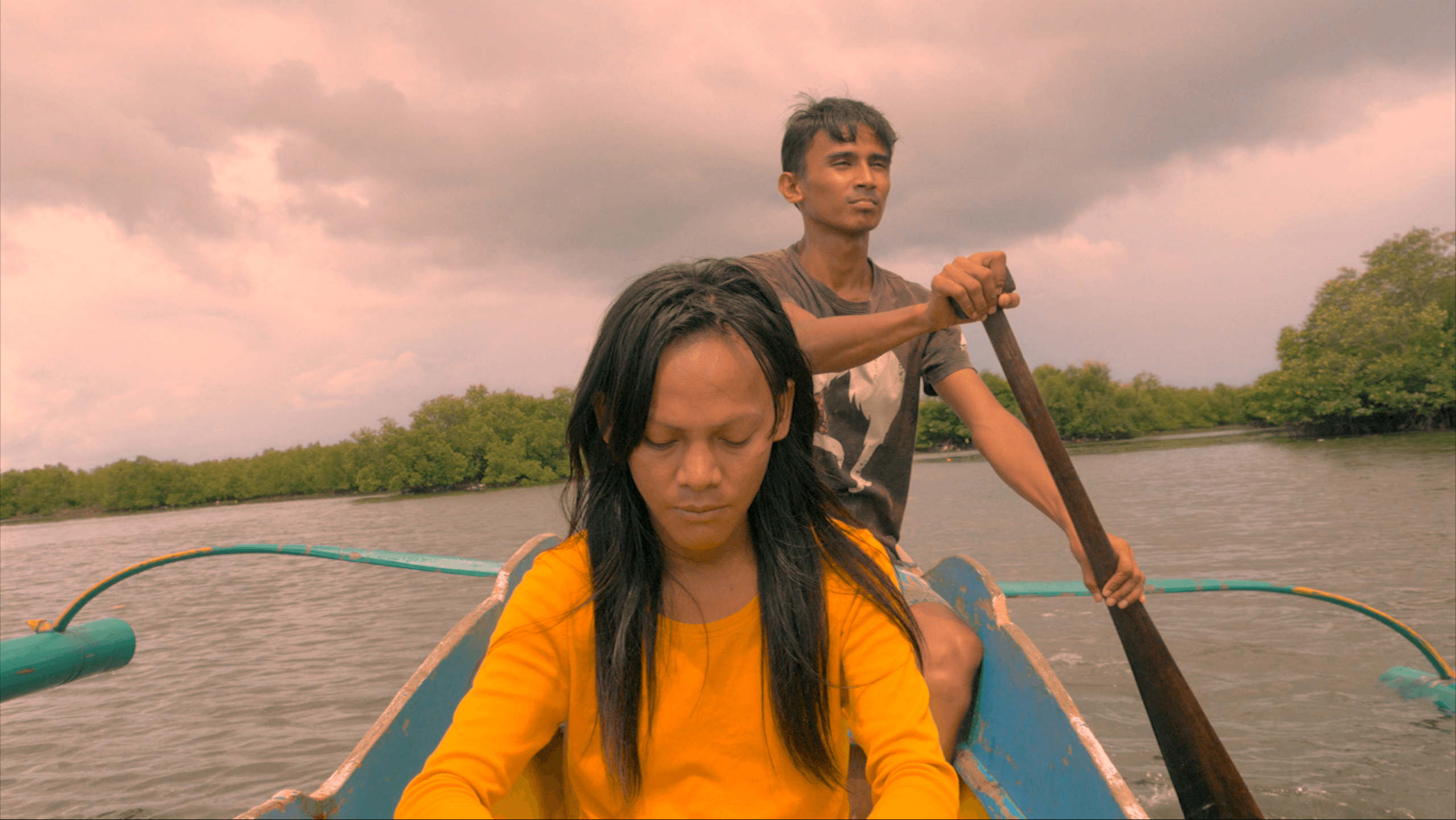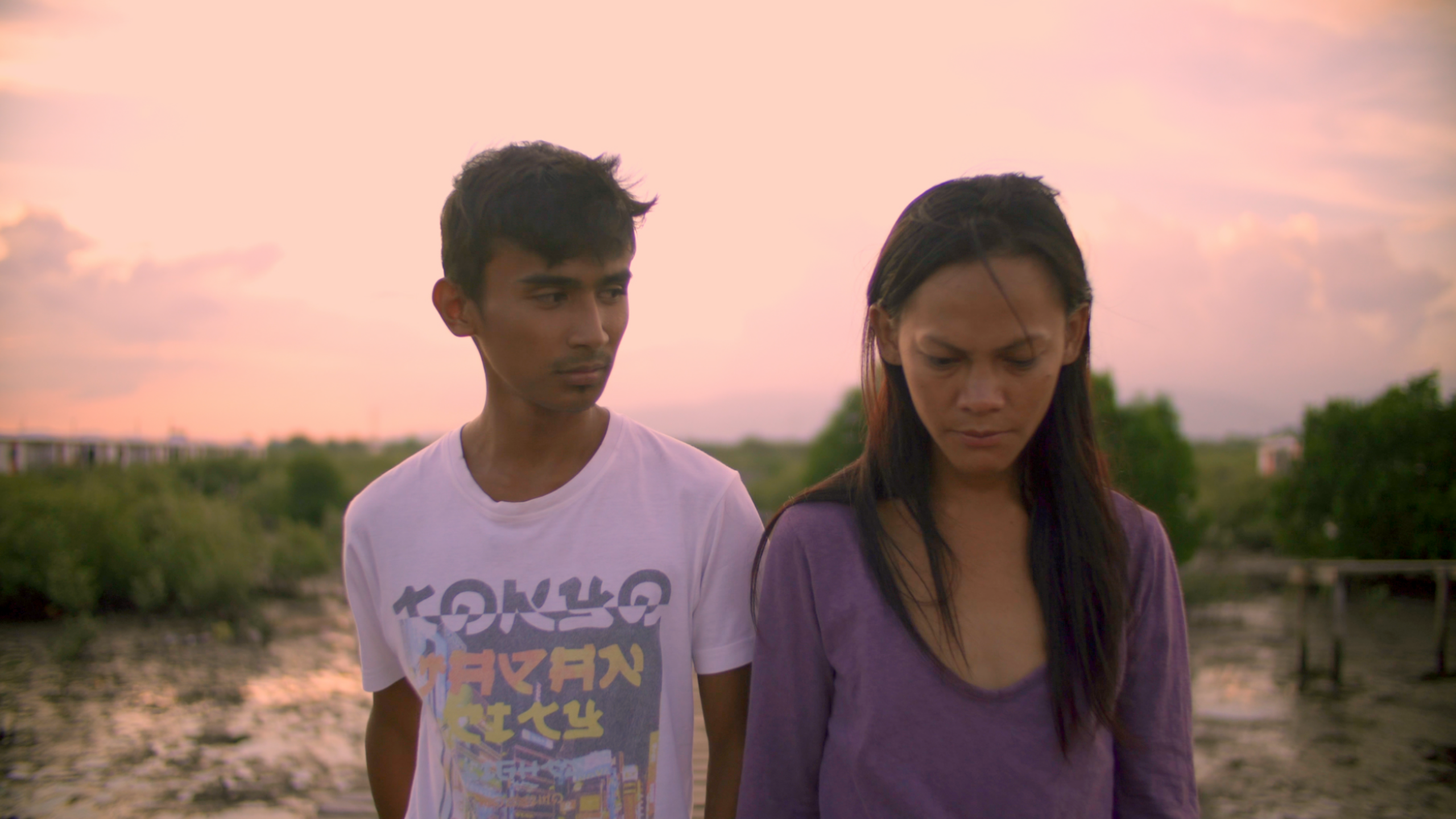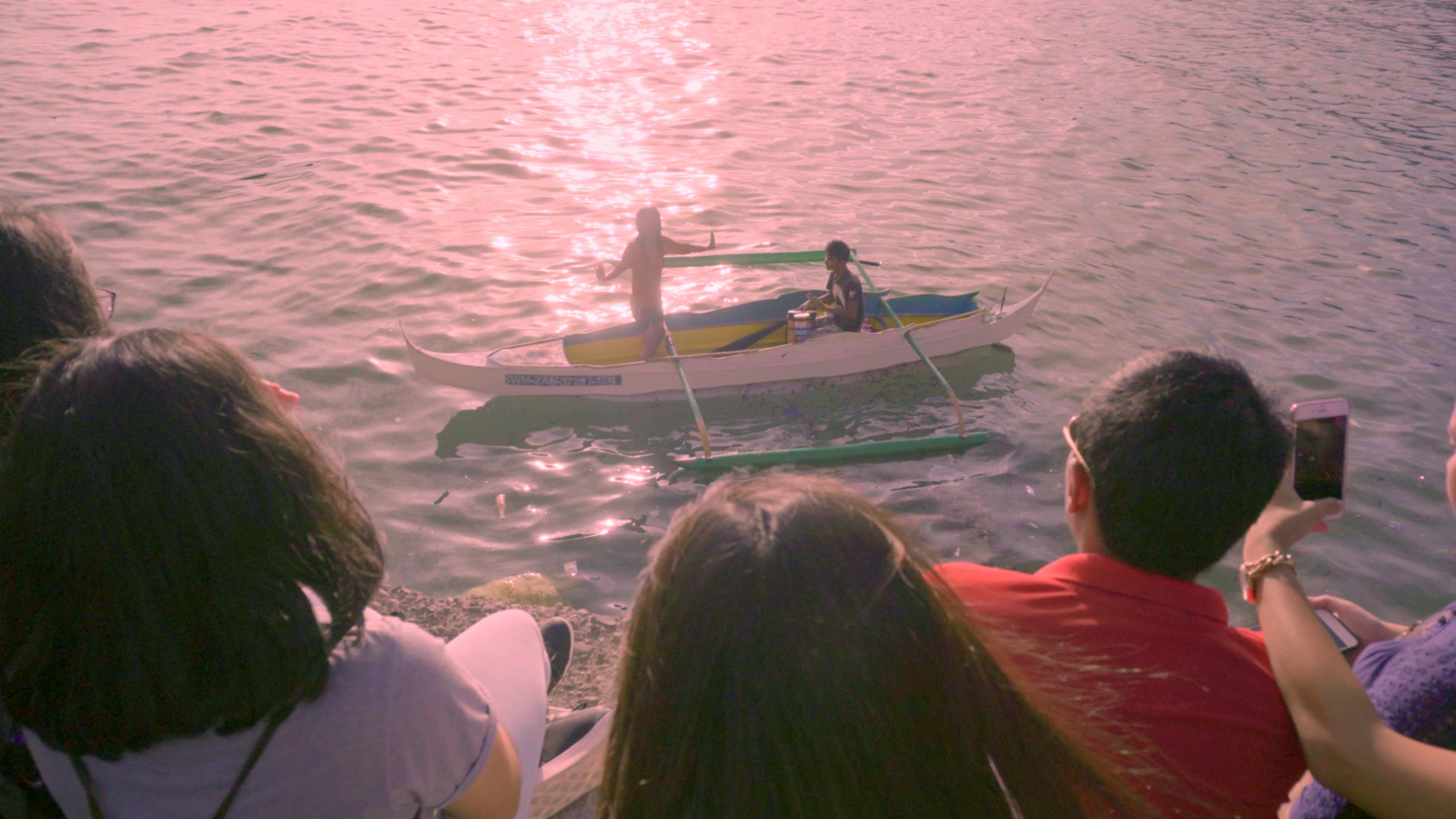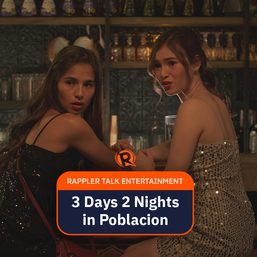SUMMARY
This is AI generated summarization, which may have errors. For context, always refer to the full article.

As one of the largest archipelagic nations and because of our long history as a colony of different nations, the Philippines is home to a multitude of cultures from various ethnic groups influenced by the West and our neighbors in the East.
While education in the Philippines aims to cover these different cultures and traditions, it’s worth noting that there are ethnolinguistic groups whose stories remain in the background.
One of these groups is the Sama Dilaut, the formal name of the Badjao. They are “among the most obscure, misunderstood and marginalized among the Filipino ethnic-linguistic groups.” [READ: Plight of the Badjao: Forgotten, nameless, faceless]
On October 15, Rappler Act One aims to amplify Sama Badjao culture by streaming Xeph Suarez’ award-winning short film Si Astri maka si Tambulah (Astri and Tambulah). In this film, Astri, a Badjao trans woman, is forced to abandon her lover Tambulah to marry a woman betrothed to her from birth.

A desire to let the voice of a trans woman be heard lies at the core of this film. In an interview, Suarez defined his film as a “story of the queer experience in a community that is rarely portrayed in the media.”
To supplement your viewing experience, we have prepared a primer on what you need to know about Sama Badjao culture and traditions.
Who are the Sama Badjao?
Sama, also called Samal or Bajau (can also be spelled Badjao), is one of the largest and most diverse ethnolinguistic groups of Southeast Asia. In the Philippines, they live mainly in the waters of the Sulu Sea, between Tawi-Tawi, and Sabah. Smaller Sama settlements are widely scattered in coastal regions of the central and northern Philippines.
They live on houseboats where they make their livelihood on the sea as expert fishermen, deep-sea divers, and navigators.
How are marriage and family interrelated?
Si Astri maka si Tambulah’s conflict arises from Sama Badjao traditions and a family pact that requires Astri to marry a woman she hardly knows. This reflects the actual experiences of gays and trans women in the community.
A study on the lived experiences of female Badjaos who entered early marriage (2018) cited that “Badjao tradition of marriages is pre-arranged by the parents for their sons and daughters at an early age; the process is similar to other ethnic groups, in which a dowry is often presented to the parents of the woman that a man wishes to marry (Peralta, 2002).”
Her father and the collection of the necessary amount for the dowry likewise play a big part in Astri’s life.
What is the pangalay?
The short film features several scenes of Astri and other characters dancing the pangalay. This is the traditional dance of the Badjao tribe from Zamboanga, which is where Suarez developed his film.
Also known as igal or janggay, it is a dance they adopted from the Samal group of Sulu. This dance is commonly performed by a female Badjao. It is performed with the janggay, metal fingernails or claws, which is used as an extension of their fingernails to give emphasis to the movement of the hands of the dancers. This is accompanied by drums or gabbang played by a male Badjao.

The pangalay is characterized by accented arm and hand movements, through which feeling is conveyed. Among Philippine indigenous dances, this dance style has the richest movement vocabulary.
Trans women are also given social space to dance the pangalay.
What are their views on transgender individuals?
As the film’s first act suggests, the community recognizes the relationship between Astri and Tambulah. Astri is called “bantot” by other characters in the film and it is evident that they are a known and accepted part of the community.
In a UCLA panel on heritage, landscapes, and indigenous people, a filmmaker mentioned that while transgender individuals play an important part in the ritual life of the Sama Badjao community, their voices are left out by the leaders who represent them because they are not considered to be appropriate spokespeople for the community.
Are you ready to listen to Astri? Join Rappler Act One in learning more about the lives of Sama Badjao trans women this Friday at 7 pm. – Rappler.com
Add a comment
How does this make you feel?





There are no comments yet. Add your comment to start the conversation.